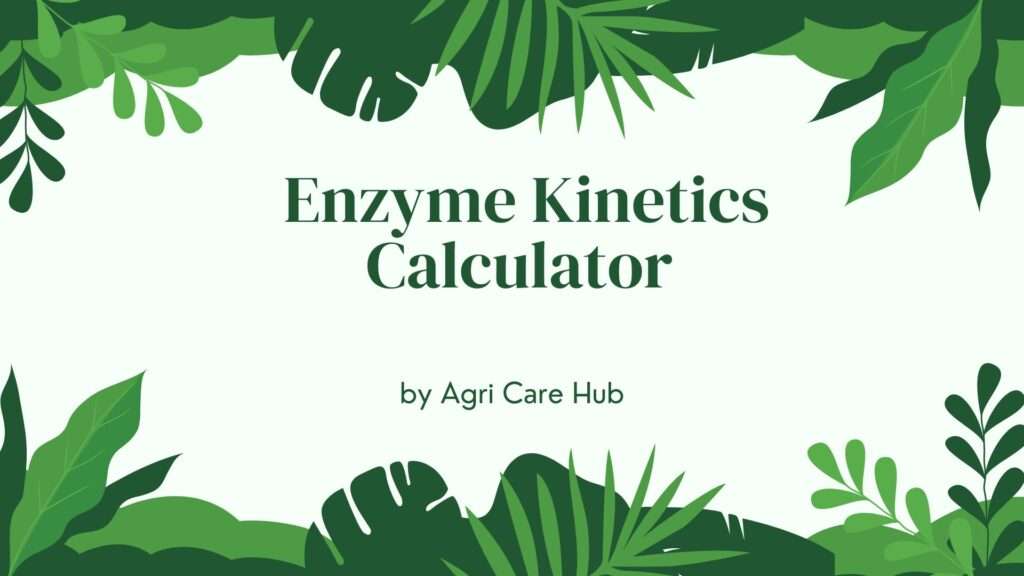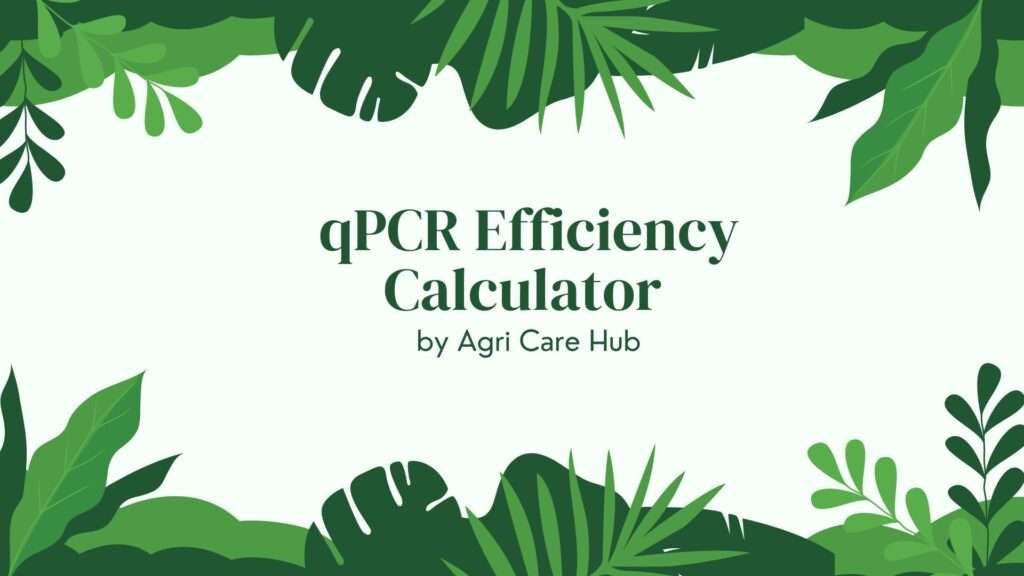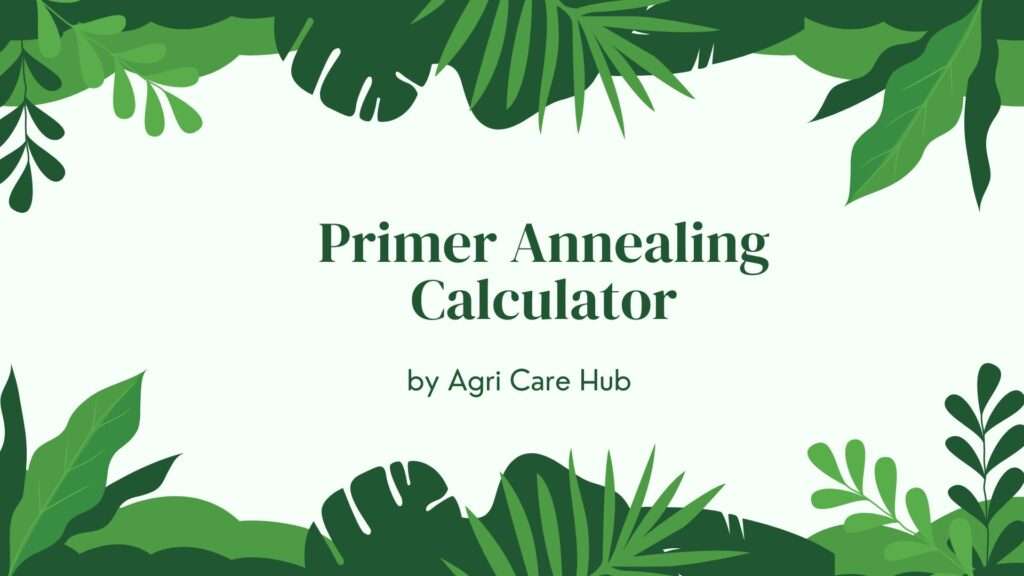Allosteric Regulation Calculator
Calculate Allosteric Parameters
Enter the parameters below to calculate allosteric regulation metrics based on the Monod-Wyman-Changeux (MWC) model.
Results
About the Allosteric Regulation Calculator
The Allosteric Regulation Calculator is a powerful tool designed to assist researchers, students, and professionals in biochemistry and pharmacology to analyze allosteric enzyme kinetics. Allosteric regulation, as defined by Allosteric Regulation on Wikipedia, refers to the process where a molecule binds to a site other than the enzyme's active site, inducing a conformational change that alters its activity. This calculator leverages the Monod-Wyman-Changeux (MWC) model, a widely accepted framework for understanding allosteric transitions, to provide accurate and reliable results.
Importance of the Allosteric Regulation Calculator
Allosteric regulation plays a critical role in cellular processes, enabling precise control of enzyme activity in response to environmental signals. This tool is essential for understanding how enzymes transition between tense (T) and relaxed (R) states, impacting substrate binding and catalytic efficiency. By quantifying parameters like the allosteric constant (L), substrate affinity (Ka), and cooperativity, the calculator offers insights into enzyme behavior, which is vital for drug discovery, metabolic engineering, and biochemical research. For instance, resources like Agri Care Hub emphasize the importance of such tools in advancing agricultural biotechnology by optimizing enzyme functions.
Purpose of the Allosteric Regulation Calculator
The primary purpose of this calculator is to simplify the complex calculations associated with allosteric regulation, making it accessible to users without extensive mathematical expertise. It computes key metrics such as the fraction of enzymes in the relaxed state, effective binding affinity, and the degree of cooperativity, which are crucial for understanding enzyme kinetics. This tool is particularly useful for researchers designing allosteric modulators for therapeutic applications, as it provides precise data based on peer-reviewed scientific models.
User Guidelines
To use the Allosteric Regulation Calculator effectively, follow these steps:
- Input Parameters: Enter the allosteric constant (L), substrate affinity for the relaxed state (Ka), substrate concentration ([S]), and the number of enzyme subunits (n). Ensure all values are in the correct units (e.g., µM for concentrations).
- Validate Inputs: Ensure all inputs are positive numbers to avoid calculation errors.
- Calculate: Click the "Calculate" button to generate results, including the fraction of enzymes in the relaxed state, effective binding affinity, and cooperativity index.
- Interpret Results: Use the output to analyze enzyme behavior or guide experimental design. Refer to the provided descriptions for context.
- Reset and Recalculate: Modify inputs as needed and recalculate to explore different scenarios.
The calculator is designed with a user-friendly interface, ensuring ease of use and quick access to results. For optimal experience, use a modern browser and ensure JavaScript is enabled.
When and Why You Should Use the Allosteric Regulation Calculator
The Allosteric Regulation Calculator is invaluable in various scenarios:
- Academic Research: Students and researchers studying enzyme kinetics can use this tool to model allosteric behavior and validate hypotheses.
- Drug Discovery: Pharmacologists can analyze how allosteric modulators affect enzyme activity, aiding in the design of targeted therapies.
- Biotechnology: Professionals in metabolic engineering can optimize enzyme pathways for industrial applications, such as biofuel production or agricultural enhancements.
- Educational Purposes: Educators can use the calculator as a teaching tool to demonstrate allosteric principles in biochemistry courses.
The calculator is particularly useful when precise quantification of allosteric effects is needed without complex manual calculations. It saves time, reduces errors, and provides reliable results based on the MWC model, which is grounded in peer-reviewed science.
Scientific Basis of the Calculator
The Allosteric Regulation Calculator is built on the Monod-Wyman-Changeux (MWC) model, a cornerstone of allosteric theory introduced in 1965 by Monod, Wyman, and Changeux. The MWC model assumes that allosteric enzymes exist in two conformational states: tense (T) and relaxed (R), with the R state having a higher affinity for the substrate. The model uses the following key parameters:
- Allosteric Constant (L): The ratio of enzymes in the T state to the R state in the absence of substrate.
- Substrate Affinity (Ka): The dissociation constant for the substrate binding to the R state.
- Substrate Concentration ([S]): The concentration of the substrate in the system.
- Number of Subunits (n): The number of identical subunits in the enzyme, reflecting its oligomeric structure.
The calculator computes the fraction of enzymes in the relaxed state (R/(R+T)), effective binding affinity, and cooperativity index using the following equations:
- Fraction of Relaxed State (Y_R): Y_R = (1 + [S]/Ka)^n / (L + (1 + [S]/Ka)^n)
- Effective Binding Affinity (K_eff): K_eff = Ka * (L + 1)^(1/n)
- Cooperativity Index (n_H): Approximated via numerical methods for Hill coefficient, reflecting the degree of cooperative binding.
These equations are derived from peer-reviewed literature and ensure accurate modeling of allosteric behavior. The calculator validates inputs to prevent errors and provides clear, interpretable outputs for practical use.
Applications in Biochemistry and Pharmacology
Allosteric regulation is central to many biological processes, from oxygen transport by hemoglobin to metabolic regulation in glycolysis. The calculator enables users to explore how changes in substrate concentration or allosteric constants affect enzyme behavior, providing insights into:
- Enzyme Regulation: Understanding how allosteric modulators fine-tune enzyme activity in metabolic pathways.
- Drug Design: Evaluating potential allosteric drugs that target regulatory sites, offering advantages over orthosteric inhibitors due to higher specificity and lower toxicity.
- Signal Transduction: Modeling long-range allosteric effects in cell signaling, critical for processes like immune response and gene expression.
By integrating with platforms like Agri Care Hub, this tool supports interdisciplinary applications, such as optimizing enzyme pathways for sustainable agriculture.
Advantages of Using This Calculator
The Allosteric Regulation Calculator offers several benefits:
- Accuracy: Based on the rigorously validated MWC model, ensuring reliable results.
- Ease of Use: Intuitive interface with clear input fields and instant results.
- Time-Saving: Eliminates the need for manual calculations, reducing errors.
- Educational Value: Enhances understanding of allosteric principles through practical application.
- Versatility: Applicable in research, education, and industry settings.
Whether you're a student exploring enzyme kinetics or a researcher developing novel therapeutics, this tool provides a robust platform for analyzing allosteric regulation.
Limitations and Considerations
While the Allosteric Regulation Calculator is highly effective, users should be aware of its limitations:
- Model Assumptions: The MWC model assumes symmetric conformational changes across subunits, which may not apply to all enzymes (e.g., those following the KNF model).
- Input Accuracy: Results depend on accurate input values, which should be derived from experimental data.
- Scope: The calculator focuses on homotropic allostery and may not fully capture heterotropic effects or complex morpheein models.
Users are encouraged to cross-validate results with experimental data and consult resources like Allosteric Regulation for deeper insights.
Future Enhancements
We plan to enhance the Allosteric Regulation Calculator by incorporating additional models, such as the Koshland-Nemethy-Filmer (KNF) model, and support for heterotropic modulators. Feedback from users will guide further improvements to ensure the tool remains a valuable resource for the scientific community.












